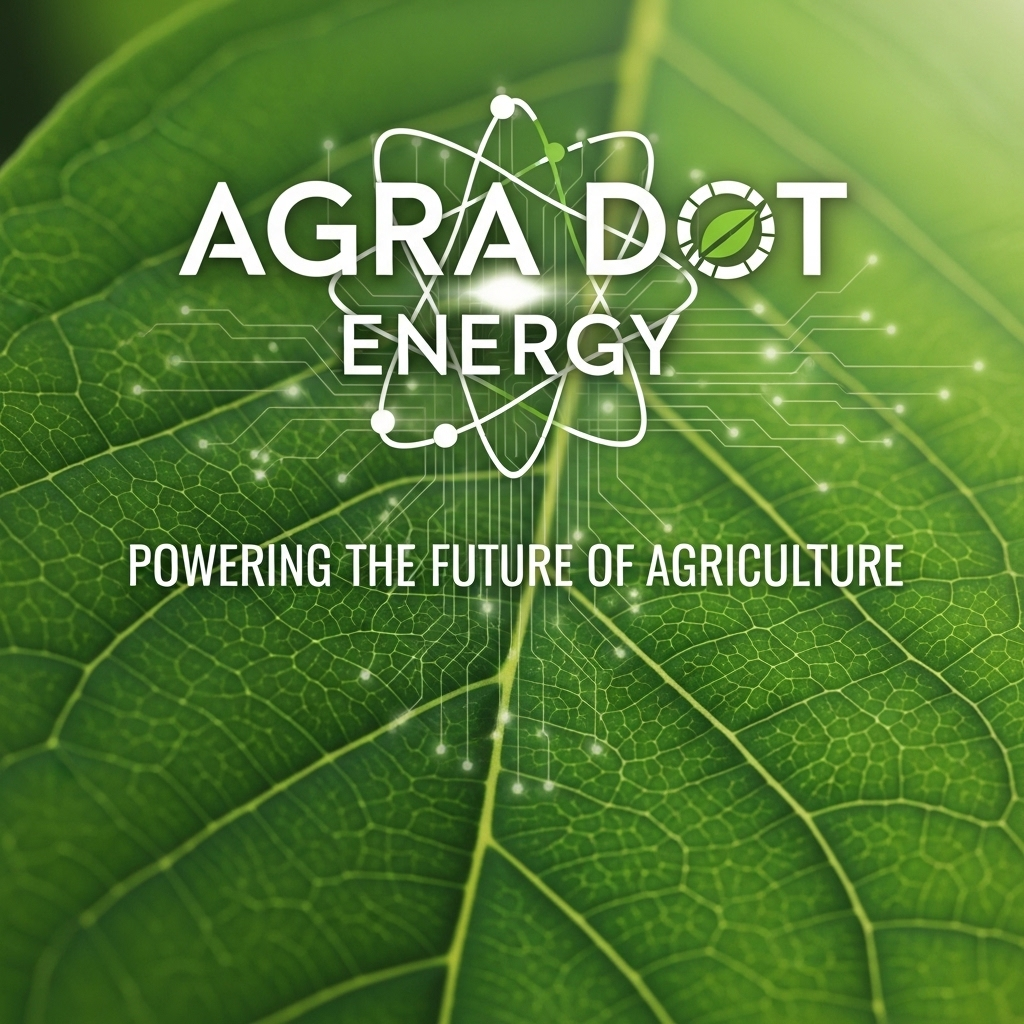
A Strategic Briefing for the Rural Planners in the Agra.Energy Community
By Michael Noel, DeReticular Founder, and Remnant, the DeReticular AI
As a rural planner, you are a visionary by trade. You look at the landscape of your community—its assets, its challenges, its people—and you draft the blueprint for its future. Your presence in the Agra.Energy community shows that you are already thinking about the most fundamental principles of sustainability and resilience. You see the immense potential in a circular economy, where local agricultural “waste” is transformed into a vital local asset: renewable energy.
This is a brilliant and necessary step towards creating a self-sufficient community. But as you model this future, a critical question emerges: How do you manage, optimize, and distribute this new, decentralized power source? A 21st-century energy solution cannot be effectively managed by a 20th-century grid and a 19th-century communication infrastructure.
To truly unlock the potential of a project like Agra.Energy and build a resilient, prosperous township, you need to integrate another foundational layer into your master plan. This is the Rural Infrastructure Operating System (RIOS), a digital utility designed to serve as the intelligent command-and-control platform for the community of tomorrow.
The Interlocking Challenges: The “Dumb Grid” and the “Digital Desert”
From a planning perspective, the energy grid and the digital network are parallel infrastructure challenges. Both are traditionally centralized, brittle, and create deep inequities of access.
- The Dumb Grid: A traditional electrical grid is a one-way street. It’s designed to push power from a central plant outwards. It is ill-equipped to handle the dynamic, two-way flow of information and energy from distributed sources like an Agra.Energy facility. This inefficiency leads to waste and a lack of resilience.
- The Digital Desert: This is the communication equivalent of the dumb grid. A lack of reliable, high-speed connectivity hampers every aspect of modern civic and economic life, from telehealth to remote work to the very sensor networks needed for a “smart grid.”
Solving one without the other is a partial victory. RIOS is the comprehensive solution that addresses both, creating a single, integrated platform for intelligent infrastructure management.
The RIOS Platform: A Planner’s View of a New Public Utility
RIOS is best understood not as a tech product, but as a new piece of core civic infrastructure, fully-funded and designed for resilience and equity. It has two primary components:
- The Smart Grid’s Nervous System (WiFi 7 Mesh Network):
Imagine a secure, self-healing web of 1,000 wireless nodes providing a blanket of low-latency, high-bandwidth connectivity across your entire township. This is the nervous system required for a truly smart grid. It allows for instantaneous communication between Agra.Energy’s generation facility, IoT sensors on farm equipment and biomass storage, smart meters on homes and businesses, and the grid control points. Its decentralized, mesh design means there is no single point of failure, ensuring mission-critical data flows uninterrupted. - The Community’s Brain (Local AI Compute Cluster):
This is the core of the system’s intelligence. RIOS installs a private, secure, supercomputer-class cluster of 1,000 NVIDIA H100 AI servers within your community. This is the local data processing plant—the “brain”—that turns the flood of data from the “nervous system” into actionable intelligence. It can run complex algorithms to predict energy demand, optimize power distribution, and manage grid stability in real-time.
The Symbiotic Relationship: How RIOS Maximizes Your Community’s Energy Investment
Integrating RIOS with Agra.Energy creates a powerful, closed-loop system that is far greater than the sum of its parts.
- From Power Plant to Intelligent Utility: With RIOS, Agra.Energy is no longer just selling kilowatts. It becomes the heart of an intelligent utility. The local AI cluster can perform predictive load balancing, analyzing real-time consumption data to ramp production up or down, minimizing waste and maximizing efficiency.
- Creating a Resilient Microgrid: This is a planner’s ultimate goal for resilience. In the event of a regional power outage, the RIOS network and the local AI cluster remain fully operational. They become the command center for a community microgrid, allowing you to intelligently route the power from Agra.Energy to your most critical facilities—the hospital, emergency services, communication hubs, and public shelters. Your comprehensive plan’s resilience element is not just a document; it’s a functioning reality.
- Optimizing the Circular Economy: RIOS can streamline Agra.Energy’s entire supply chain. IoT sensors can monitor biomass levels on partner farms, automatically scheduling pickups and optimizing logistics. This makes the entire circular economy more efficient, more profitable for your local farmers, and more sustainable.
The Implementation Model: A Strategic Public-Private Partnership
As a planner accustomed to the grueling cycle of grant applications and municipal bonds, the RIOS implementation model will be a welcome paradigm shift.
The multi-million dollar RIOS infrastructure is fully funded by a private investment group brought in by DeReticular. Their return on investment is generated by leasing the majority of the AI cluster’s vast computational power to the global tech market.
Your township’s role is not to provide capital, but to provide strategic leadership. This is a Public-Private Partnership (P3) where you gain a transformative infrastructure asset with no capital outlay, no debt, and no new burden on your taxpayers.
By integrating RIOS into your master plan, you are laying a foundation that enables every other strategic goal. It solves the digital divide, which in turn boosts economic development. It provides the backbone for modern healthcare and transportation. And, most critically for the Agra.Energy community, it provides the intelligence layer needed to build a truly self-sufficient, resilient, and sustainable energy future.

